AIS mandates in the USA, the Coast Guard speaketh

Just online this morning is the USCG’s latest proposed rulemaking regarding the use of AIS by commercial vessels…

Just online this morning is the USCG’s latest proposed rulemaking regarding the use of AIS by commercial vessels…
![]()
So far, the best (free) Web AIS coverage I can find for New York Harbor is provided by Vesseltracker.com. Though you have to register to get even a two hour target delay, the site is helping me understand the scene, VHF chatter included, and also illustrates an important point about AIS today…

I don’t know why Furuno has been quiet about it, but on Nov. 6 the FCC certified its FA-50 Class B AIS transponder…
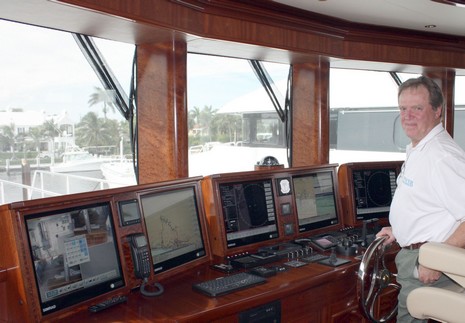
This old-man-on-a-megayacht shot seems right for my birthday (62!), and also says a lot about what Simrad is up to…
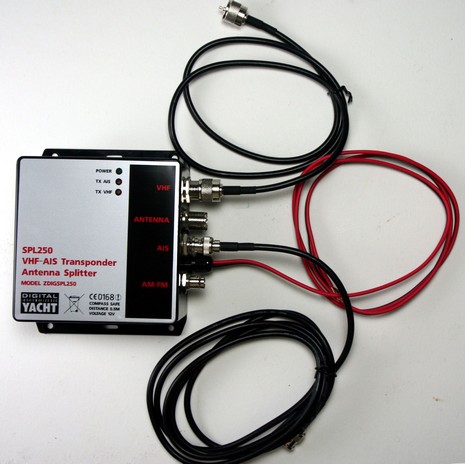
Here’s Digital Yacht’s SPL250 VHF antenna splitter, purportedly the only splitter able to handle 2 watt Class B AIS and regular 25w VHF transceivers without smoke rising from either…
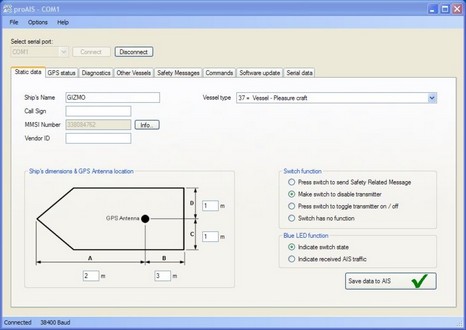
We’re down to Class B AIS details, my friends, and they aren’t hard. Above, and bigger here, is the Static data screen seen in the proAIS software that comes with the European version of Digital Yacht’s AIT250 transponder (and possibly others, as it comes from SRT, the manufacturer of so many Class B circuit boards and finished boxes). In the U.S. market this is the screen an installer would see after he or she had entered the vessel’s MMSI number. Users will see all those data fields grayed out (I presume, as I haven’t actually seen the finished U.S. software). Of course that’s because the FCC barred users from inputing the data themselves. But the user does have to supply accurate info to the installer. Let’s break it down:
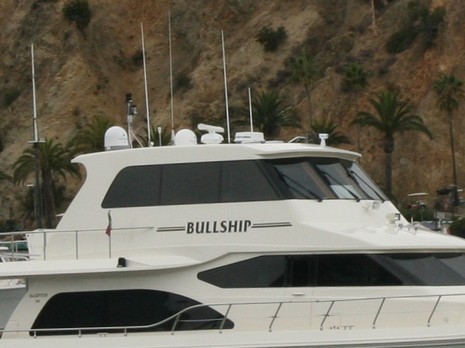
This weekend I’m working on a PMY column about Class B AIS, and now have three transponders up and running, which you’ll hear about it. But I also went over my notes and audio recording…
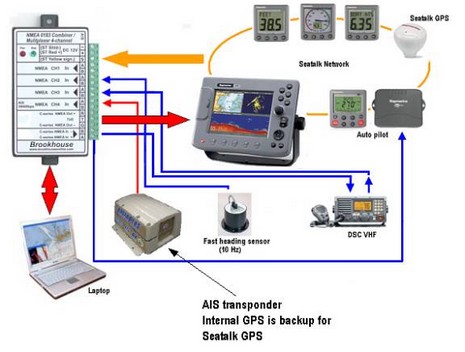
A nice thing about Class B AIS transponders, I think, is that by regulation they include a GPS and thus they deliver “own vessel position” along with AIS target info to whatever displays they feed. But that can present an issue if…

Check the stats! They indicate that at one moment earlier today one particular network of AIS coastal receivers was seeing 763 AIS Class A transponders from scattered towers around the U.S. And one Class B. Guess whose 5 meter pleasure (and electronics testing) vessel that was?
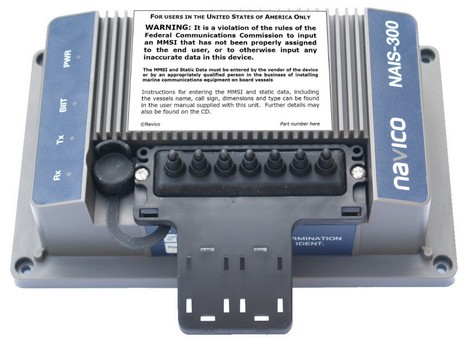
Wow, the Class B AIS story is moving fast. If I’m understanding the FCC Equipment Authorization database correctly (select “AIS” from the “Equipment Class” drop-down list), last Friday, 10/3/2008, Navico added one last submission to its NAIS-300 application—the photo above—and the unit was certified that very day, along with…